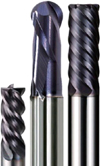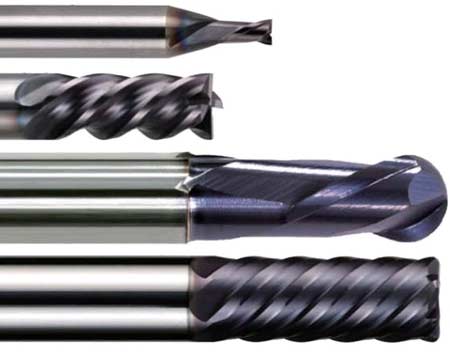DLC for pistons
 Pistons are part of the fundamental mechanism of most internal combustion engines, and are certainly very widely employed in racing. While roadcar producers still persist in development of the rotary engine concept, it has been pretty much abandoned by racers, especially by those who produce bespoke race engines. Although rotaries might yet enjoy something of an unexpected revival as range-extenders in electrically driven vehicles, reciprocating (piston) engines will continue to dominate, both in motorsport and series production applications.
Pistons are part of the fundamental mechanism of most internal combustion engines, and are certainly very widely employed in racing. While roadcar producers still persist in development of the rotary engine concept, it has been pretty much abandoned by racers, especially by those who produce bespoke race engines. Although rotaries might yet enjoy something of an unexpected revival as range-extenders in electrically driven vehicles, reciprocating (piston) engines will continue to dominate, both in motorsport and series production applications.
Students of the internal combustion engine, and those among them with a particular interest in the frictional losses they suffer, will know that the piston assembly is responsible for a large proportion of these losses. In these days, when fuel economy is increasingly important to race engine suppliers and everyday drivers alike, it is little surprise that we find much attention lavished upon the piston in order to reduce friction.
Of all the hard, thin engineering coatings developed in recent years, DLC (or variations on it) have made the greatest impact in applications where friction is a serious problem. Once the sole preserve of the big-budget Formula One teams, DLC-coated pistons have been made available to the wider racing world recently.
However, DLC-coated pistons were not used for quite a long time, even in Formula One, compared to the other DLC-coated parts in use. The reason is that the early DLC processes required high processing temperatures compared to the temperature at which piston materials are aged. The heat treatment of aluminium alloys involves a 'solution treatment' at a high temperature, and then an ageing process at a lower temperature. This ageing process develops strength in the material, and if this temperature is exceeded, loss of strength and fatigue life is likely.

With the early DLC processes, these temperatures were certainly enough to severely overage the aluminium piston, and ruin it for the purposes of racing. While outwardly little damage was probably visible, hardness testing would reveal that the component had softened, and its use in an engine would quickly lead to failure. It's known that in the past more than one person tried DLC with disastrous consequences before the process was properly understood.
Special processes have been developed in recent years which maintain good adhesion of the coating to the substrate material without the process temperatures exceeding the ageing temperature of the piston. According to those who use DLC pistons, the results of the process are increased wear resistance and lower friction.
One point to be aware of though is that, besides being very careful to select the correct process and the right coating subcontractor, the design and manufacture of the piston needs to change if DLC is being used. Owing to the unique characteristics of such hard coatings, their application to standard pistons is likely to damage the piston and the engine in which they are installed. Hard, low-friction coatings were initially developed for cutting tool applications. Putting super-hard coatings onto a standard piston can make quite an effective reciprocating cutting tool.
Fig. 1 - Hard coatings are popular on cutting tools, and care must be used before using them for coating race pistons
Written by Wayne Ward